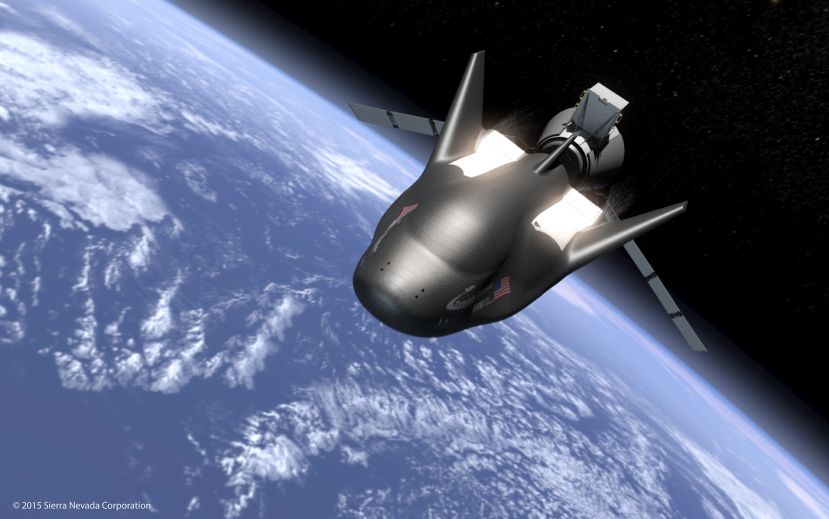Sierra Nevada's Minishuttle Is Go for Space Station Supply Deliveries in 2020
- Written by Admin TOA
- Published in Technology
CAPE CANAVERAL, Fla. - The International Space Station will have a new spacecraft visitor starting in 2020 now that Sierra Nevada has received NASA approval to send its Dream Chaser cargo carrier to the orbiting laboratory. The Nevada-based commercial space company said Wednesday that it has the go-ahead from NASA to finalize the spacecraft, which looks like a mini space shuttle, for cargo resupply missions beginning in late 2020. “SNC has been successfully completing critical design milestones as approved by NASA, and having a timetable for the first launch is another important step achieved for us,” Sierra Nevada Corp. CEO Fatih Ozmen said. “The team has worked so hard to get to this point and we can’t wait to fulfill this mission for NASA.”
SNC has been conducting “free flight” tests with Dream Chaser above the California desert near Edwards Air Force Base. Essentially a helicopter lifts the spacecraft and then releases it sending it flying above the desert and then landing similarly to an airplane on a runway.
Watch the video below to see what that looks like. Hint: It might remind some of the space shuttle program
Dream Chaser can carry more than 12,000 pounds of supplies and science experiments to the International Space Station. The spacecraft will stay attached to the ISS for a time then return to Earth, landing at Kennedy Space Center on the old shuttle landing runway.
“We can’t wait to see the vehicle return to Kennedy Space Center to a runway landing, allowing immediate access to the science payloads being returned from the station,” SNC space systems Executive Vice President Mark Sirangelo said.
NASA has awarded a second round of commercial resupply contracts in 2016 to SpaceX, Orbital ATK and Sierra Nevada Corp. SpaceX already delivers supplies via its Dragon cargo capsule and Orbital ATK uses its Cygnus spacecraft.
Dream Chaser is contracted for at least six resupply missions. United Launch Alliance will launch at least two of those missions using its Atlas V rocket. (By Emilee Speck - clickorlando.com)
Media
Related items
- Sierra Nevada to Establish New Space Company; Eren Ozmen Quoted
- Ozmens’ SNC Secures New U.S. Army Contract to Continue Critical Encryption Device Production
- SNC Offers Relief to Employees, Communities During Pandemic
- Ozmens’ SNC Marks 50th Moon Landing Anniversary in U.S. & Europe
- Dream Chaser Space Plane Set to Land as Matchbox Sky Busters Toy
Latest from Admin TOA
- Fat Sal’s Italian Specialties Welcomes Customers in Bayville, NJ with a Renewed Concept
- FFD Wood LLC Delivers Custom Woodwork Solutions from Long Island
- A Tax Expert in the U.S. Tax World: An Interview with Samet Oynamıs
- Announcing the 2025 Edition of the 100 Most Influential Turkish Americans
- CEO Club New York Networking Night Stands Out with the Lamborghini Experience










